Gerbera - South African Sunshine, which has become a favorite plant for growing in the garden by many flowers. Having come to us from hot Africa, it is, of course, demanding on climatic conditions, planting technology, care. In my homeland, this flower grows all year round and pleases with blossom many months. In the conditions of the middle band, the herbere can be grown, but they will have to constantly dig a flower for the winter, i.e. Grow only as annual. Gerbera is surprisingly similar to the chamomile. Petals of the uncomplicated form can be painted in a variety of colors and shades. With the help of gerbera, you can create amazing floral compositions on the flower bed, combining it with other plants. Tall varieties of gerbera can be successfully grown for cutting bouquets. Despite the rather demanding of the characteristics of this bright flower, the gerbera is incredible interests for many flower flowers. In this article, we will operate all secrets to grow gerbera in their garden.
Distinctive features of gerbera
Gerbera became known to people in 1737 due to the scientist Ya. Hronovius. But this flower's modern name was a little later, after 20 years, in honor of the biologist F. Gerbera. The similarity of gerbera with chamomile is obvious, which confirms its name in some sources - TRANSVAAL DAISY (Transvaal Chamomile). Gerbera is deservedly considered a symbol of youth and innocence. There is a legend of a beautiful forest nymph, which was the name of the coat of arms. She was the subject of admiration and girls, and guys. At some point, the coat of arms are so tired of universal attention, which chose to turn into a luxurious flower - Herbera. Of the most remarkable features of the appearance of this flower, the following can be allocated:
- Gerbera belongs to the Astrov family. Country of origin - Africa, Madagascar.
- Gerbera prefers to grow in hot countries, and in the conditions of average latitudes is most often grown in nurseries, greenhouses, home conditions, but can also grow in open ground with proper care.
- Root system is strongly developed.
- The gerbera leaves have a light green color and are located on a low stem.
- Differs in high blooming.
- Gerbera flowers can be almost all possible colors and shades except blue.
- Depending on the variety, the gerbera flowers are terry, semi-world and simple.
- Gerbera flowers in a loose form can reach 15 cm in diameter.
- The gerbera petals can also be of various shapes depending on the variety. They can be a swab, middle-door and small-track form.
- The fruit of the gerbera plants is a seedhouse, which contains up to 500 seeds.
- Gerbers are one of the most common colors that are grown for industrial purposes. After all, a bouquet of gerberas, in addition to its luxurious appearance, can stand in a vase for up to 3 weeks.
Types and varieties of gerbera
Currently, there are more than 80 species of Gerber. There are a lot of hybrid gerbera varieties that are most adapted to grow in the middle strip. Depending on the form and type of flower, gerbera are divided into the following groups:
- small-flowered narrow-fabful - alkor, Aldebaran;
- large-flowered narrow fabric - Vega, Mighar, Jupiter, Algol;
- large-flowered middle-door - Mars;
- large-flowered stainless - Alamak, Delios, Saturn, Peter;
- semi-world and terry narcotic - Kalinka, Viola, Sonya;
- polish and terry stainless - spark.
Thus, if it is divided by gerberas to more general groups, then it will be small-beds and large-flowered. The breeders brought simply a huge amount of varieties - more than 1000. The "founders" of these hybrid varieties can be considered Gemeson's gerbera and gerbera Zelenoliste. If you are going to make colorful flower compositions from Gerbers in your garden, you may be useful for you to make information about varieties that are grouped by flower color:
- gerbera Pink Color - Rosalin, Lancaster;
- red Gerbera - Aldebaran, Veronica, Peter, Romeo;
- gerbera white - polaris, marlen;
- gerbera Orange Color - Alice, Sympathy, Mirage, Orange Beauty;
- gerbera of yellow color - Tamara, Brigitta.
Methods of growing gerbera in the garden
Gerbera reproduction with a seaside way
Garden herbera in our climate is most often grown by a seedy method. Newcomers such a way may seem laborious. But believe me, the result is worth it. So, the procedure for landing gerbera is:
- The first thing to be done is to purchase seeds. If you have already grew up gerberas, you can get seeds personally. But you can just buy ready-made gerbera seeds in the store. Be sure to pay attention to the shelf life. It is better to give preference to the well-known and proven brands.
- To correctly determine the seed landing time, focus on the fact that gerbera grown from seeds will bloom on average after 10-11 months.
- Prepare suitable containers for seedlings. They should not be deep, because Later you will still disseminate seedlings in deeper cups or pots.
- At the bottom of the box, put the drainage with a thin layer.
- Prepare an excavation mixture for growing seedlings: one piece of humus, one piece of leaf land and sand and two parts of the turf. You can go on an even more easy way and buy a ready-made soil for Gerber. Read carefully label on the ground, its acidity should be 5.5-6.5.
- The finished primer in the box must be shed a hot heatman solution.
- Seeds lay out the circuit 2 * 2 cm, slightly appling them. From above sprinkle with a thin layer of peat.
- Next, sowing in the box need to provide the most comfortable conditions for germination. Put the box in a warm and dark place, be sure to cover the package. You can even put on the battery.
- The first shoots will appear after about 1 week. From this time you can transfer the box to a more illuminated place, making 10-12-hour sunny baths, but not under the right rays. You can freeze the lamp if the light day is short.
- After 2 leaves on seedlings appear, they need to be sipped in separate cups or in a deeper capacity according to the scheme 10 * 10 cm.
- Thoroughly needed to monitor the climate for the Gerber kids. Temperature should not be higher and not lower than 18-20 degrees. It is necessary to water after drying the upper earth layer and only in the pallet. For watering, watered water temperature should be used. If the apartment is very dry, then you need to spray gerbera 1 time per week and ventilate the room.
- When 4-5 leaves appear, then you need to spend the second pickup. Now you will need a pot in a diameter of 12-15 cm.
- 1 month after picking, hold a super mineral complex fertilizer.
- In the spring, you can plant young gerberas in an outdoor ground.
Gerbera breeding using bush division
The reproduction of the gerbera in the way of dividing the bush is the only way to grow this flower immediately in the open soil. For this method, the varieties of a bushy form with a well-developed root system are suitable, such as narrow-fabful. The gerbera bush digs up and shorten too long roots up to 15 cm. Rhizome neatly, without damaging it, divide it into 2 or 3 parts if the size of the bush is allowed. The location of the cut must be sprinkled with charcoal. The plots are planted into the ground. Young bushes need to be contacted from direct sunlight. Keep in mind that Gerbera is coming very slowly. Its "acclimatization" will end only in a month.
Gerbera reproduction with shilling
Shining is also popular among the flower water in the vegetative way of reproduction of Gerbera Sadovaya.
- To do this, you need to dig a source bush with a lore earth, cut off the outlet of the leaves with the growth area.
- All sections must be disinfected with pushed charcoal.
- Next, the rhizome is located in the ground so that the sections are at an altitude of 5 cm above the surface of the Earth. It is necessary to do in the greenhouse, at a temperature of 18-20 degrees.
- Approximately 1 week later you will see how young shoots appear. These shoots and will become the source material for the workpiece of cuttings.
- Cuttings need to cut together with the root and put in a loose substrate in the greenhouse. Carefully monitor the temperature and humidity. The temperature should be about 24 degrees, and to maintain high humidity, spend a spraying with warm water. For the best rooting of cuttings, you can use root growth stimulants.
What errors can be allowed when growing seedlings
If it seems to you that there is nothing terrible if you neglect maintain the desired temperature for seedlings or lighting. However, you are very mistaken. This is all the capriciousness of the Transvaal Chamomile. With the cultivation of gerbera, absolutely all nuances are important. What difficulties can you face if you do not comply with all the requirements? Because of what seedlings may die or grow low quality? For example, for such reasons:
- non-compliance with temperature regime for seedlings;
- non-compliance with the requirements for the duration of the daylight for seedlings;
- watering with cold water at high temperature indoors;
- a strong root of the root cervix during the dive;
- too large soil moisture due to excessive irrigation;
- excess fertilizer.
As you can see, a list of reasons why you can not see beautiful gerberas in your garden is great enough. Weakened seedlings can be recognized immediately: they are too pulled, becomes shoe, are affected by various diseases (fusariosis, powdery dew).
How to care for gerberas
If you have achieved that Gerbera still grew in your garden, you can assume that this is the most difficult thing in the cultivation of this colorful flower. If the climate for gerbera is favorable, seedlings were grown by proper technology, then care is minimized. The following main actions for the care of Gerbersee in the garden can be distinguished:
- regular watering flower. When watering it is important to prevent both excess moisture and disadvantage. In hot and dry weather, of course, watering should be more abundant. During the rest of the gerbera reduces its requests in water and watering becomes moderate, or even scarce;
- water for watering must necessarily be room temperature, steal no less than a day, soft;
- when irrigated, it is important to ensure that the water does not fall on the leaves or in the outlet. So, driving roots may begin;
- the place of growth of gerbera should be well lit. The flower loves to take long "sunny baths". Do not choose neighbors for gerberas that will create a constant shading;
- it is necessary to monitor the state of the soil, constantly keep it in loose state. So, the air and moisture will be better to come to the roots;
- gerbera love slightly acidified soils. It is possible to achieve this if you make aluminum sulfate or sour peat;
- follow the appearance of the plant. Delete the filled leaflers in a timely manner;
- weeding from weeds. Weeds are enemies of any decorative plants, and it is necessary to get rid of them. Some of them have a strongly developed root system, which can damage the growth of gerbera. In addition, weeds can become a source of various diseases or pests. Well-groomed, clean from weed plants, flower bed always has a more attractive and well-kept species;
- gerbera perfectly responds to feeding. For it, various complex mineral fertilizers will be suitable, which need to be made every 2 weeks. You can purchase such fertilizers in specialized stores. The convenience of such finished feeding from the store is that all the proportions of the substances needed are already observed there;
- gerbera is very negative about chlorine. Cannot be used for her feeding chloride potassium.
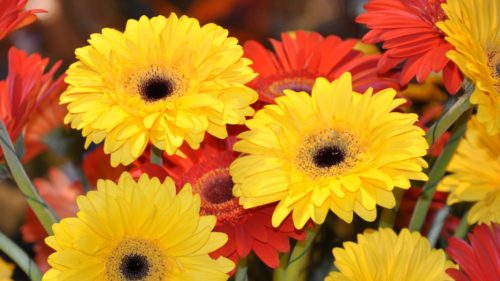
What to do with Gerbersa autumn
Gerbera is a thermal-loving plant, a guest from hot countries. In the conditions of the middle strip, in countries with cold autumn and in winter, it is impossible to just leave the gerbera. In such a climate, it grows as an annual.
- on the eve of the onset of cold autumn, you need to dig up the gerbera bush. Select a suitable container in advance. Its size depends on the size of the roots and the bush itself;
- capacity should be filled with nutrient substrate: 2 parts of the peat, 2 parts of the leaf land, 1 part of the sand;
- good drainage is a prerequisite for good wintering for gerbera. For this, it will be suitable, for example, clamzit;
- when transplanting, make sure that the root neck remains above the surface of the soil about 1 cm. Otherwise, the roots can start roting;
- if in your winter winter warm, then you can do without digging gerbera. It is enough to cover the plant with a good layer of leaves or straw. You will need to shoot such insulation in the spring, when the threat of frosts and will be established more or less warm weather.
Li Herber is subject to garden diseases and pests
Of course, Gerbera, like any garden plant, can become a victim of different pests and diseases. If this happened, then this is not a reason to be a panic. Many diseases are successfully treatable, but provided that the disease or the presence of pests are revealed at an early stage. It is worth noting if you carefully followed the correct observance of the technology of growing seedlings, disinfecting the soil, the transplant to the ground, observed the optimal watering regime, etc., then the disease is not afraid of your "transval chamomile". Among the most frequent diseases, gerbera can be called:
- decay. Unfortunately, if the root rotation began, then almost nothing can be done, and the plant will perish;
- puffy dew. This is a frequent disease that affects many garden plants. It is characterized by the appearance of white powder raid on the above-ground parts of gerbera;
- gray rot. This disease can be determined by the characteristic fading of the leaves, the appearance of gray rope;
- alternariasis. Spots of brown or red on the roots or leaves may indicate the beginning of this disease. Over time, the leaves are yellowing, fall out;
- mosaic. Mosaic can be found in the characteristic spots of green, yellow color, which are located in chaotic order on the leaves. The leaves begin to curl, deform.
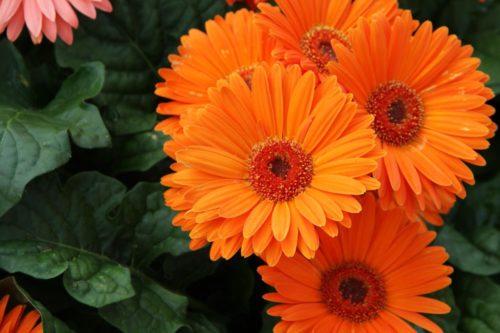
As you can see, the state of the gerbera leaves is the state of the gerbera leaves. In a healthy plant, they must be saturated green, elastic, the right form. As prevention, it is possible to handle plants with fungicides, phytoosporin. Pests can overtake the herbere with irregular watering, lack of humidity. There is a huge number of insecticides for the treatment and prevention of pests. Frequent "guests" can be:
- cobweb tick;
- aphid;
- bellenka.
Gerbera will become an absolute decoration of your garden. Even the photo of the gerbera does not pass on its charm completely. Finding such a beauty, so hardly reminiscent chamomile, almost every gardener dreams of his flower garden. Gerbera and Rosa, for example, can become an excellent combination for the most exquisite bouquet for any occasion. And at least growing gerbera is by no means a simple thing, troublesome and in places the scrupulous, the result will exceed all your expectations. This flower is very fruit! Beautiful gerberas will look great in picturesque group landings, but in solitary bloom, she will not lose her magic. Be sure to enjoy the process of growing colors, and the resulting result will be guaranteed. Successes in gardening!

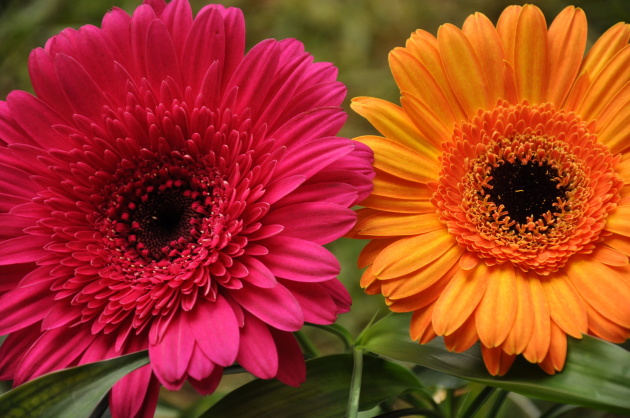
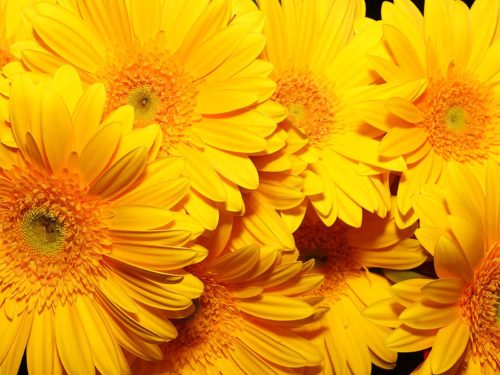
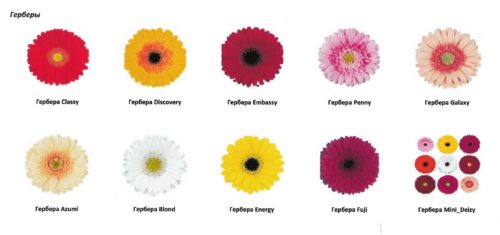
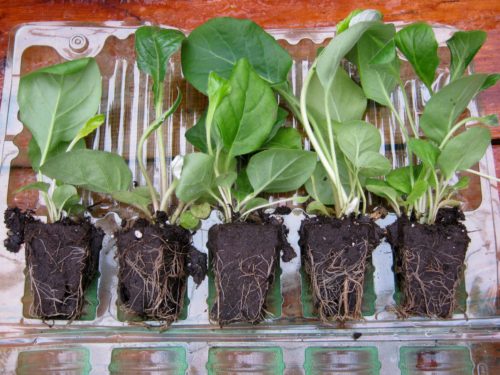
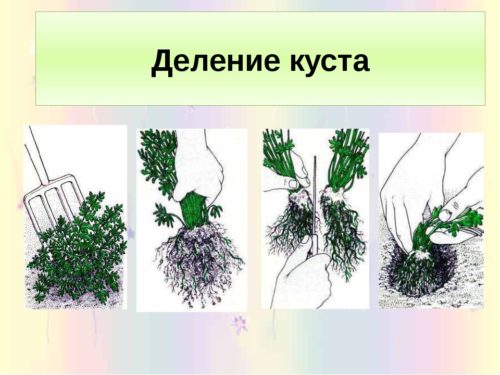

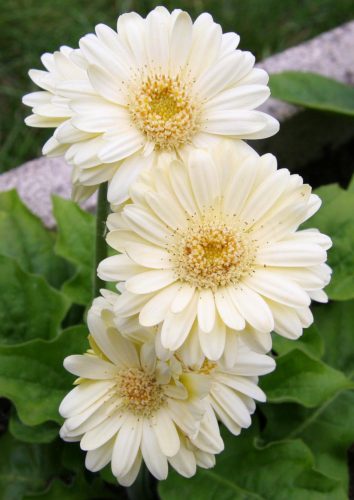
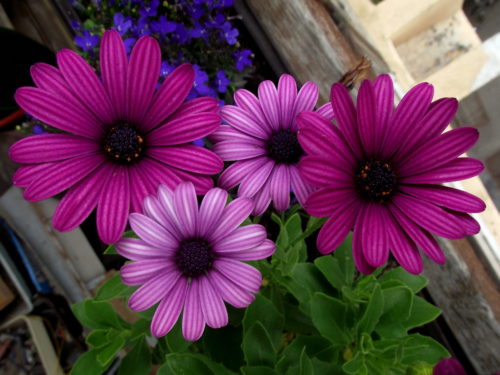












 Start a discussion ...
Start a discussion ...